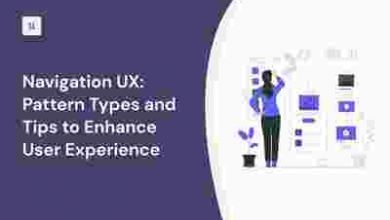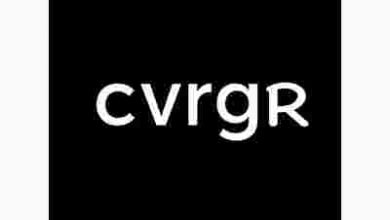Transforming Healthcare in Montana: Innovations and Access

Transforming Healthcare in Montana: Innovations and Access
The Importance of Healthcare Innovations
In today’s rapidly changing world, innovations have become crucial in transforming the healthcare landscape in Montana. Technological advancements, groundbreaking research, and collaborative efforts are bringing forth new possibilities to improve patient care and access to healthcare services.
Key Innovations Driving Healthcare Transformation in Montana
1. Telehealth Solutions
Montana’s vast landscapes and remote communities have historically posed challenges in accessing quality healthcare. However, with the advent of telehealth solutions, these barriers are being broken down. Telehealth allows patients to consult with healthcare providers through digital platforms, eliminating the need for long-distance travel. This innovation has significantly improved access to healthcare services, especially for those in rural areas.
2. Electronic Health Records (EHR)
The adoption of Electronic Health Records (EHR) has revolutionized healthcare practices in Montana. EHR systems enable healthcare providers to access and share patient information securely, leading to better coordination of care and improved patient outcomes. These records also reduce the chances of errors, provide patient history at a glance, and speed up the diagnostic process.
3. Mobile Health Applications
Mobile health applications, or mHealth apps, have become increasingly prevalent in Montana. These apps allow patients to track their health, manage chronic conditions, and communicate with healthcare professionals in real-time. With features like medication reminders and robust health monitoring, mHealth apps play a pivotal role in empowering patients to take charge of their well-being.
Improving Access to Healthcare Services
1. Expanding Healthcare Facilities
Montana is actively working towards increasing healthcare facilities, especially in underserved areas. Through initiatives like building new clinics and hospitals, recruiting more healthcare professionals, and providing incentives for medical professionals to work in remote areas, the state is making significant progress in boosting access to healthcare services.
2. Health Insurance Programs & Medicaid Expansion
Montana has expanded its Medicaid program, ensuring that more individuals and families have access to affordable health insurance coverage. This expansion has opened doors to comprehensive healthcare services for low-income residents, ultimately reducing healthcare disparities across the state.
3. Public-Private Partnerships
Public-private partnerships have played a vital role in driving healthcare innovations and expanding access in Montana. Collaborative efforts between government organizations, healthcare providers, and technology companies are creating a supportive ecosystem where innovative solutions can thrive, ultimately benefiting patients and the healthcare system as a whole.
Frequently Asked Questions (FAQs)
1. How do telehealth visits work?
Telehealth visits involve a patient connecting with a healthcare provider remotely through secure video conferencing or phone calls. Patients can discuss their symptoms, receive medical advice, and even get prescriptions without visiting a physical healthcare facility.
2. Are mobile health applications secure?
Most mobile health applications prioritize security and employ measures to protect patients’ sensitive data. However, it’s essential to choose reputable and well-reviewed apps from trusted sources, read privacy policies before sharing personal information, and consult healthcare professionals when in doubt.
3. What are the benefits of Electronic Health Records (EHR)?
EHR systems have numerous advantages, such as streamlined access to patient information, enhanced care coordination, reduced medical errors, improved efficiency, and better communication between healthcare providers.
Conclusion
Transforming healthcare in Montana requires a blend of innovative technologies, enhanced access initiatives, and collaborative efforts. With telehealth solutions, electronic health records, and mobile health applications, patients can now benefit from improved access to healthcare services. By continuing to invest in innovations and expanding access initiatives, Montana is paving the way for a more efficient, effective, and inclusive healthcare system for its residents.



